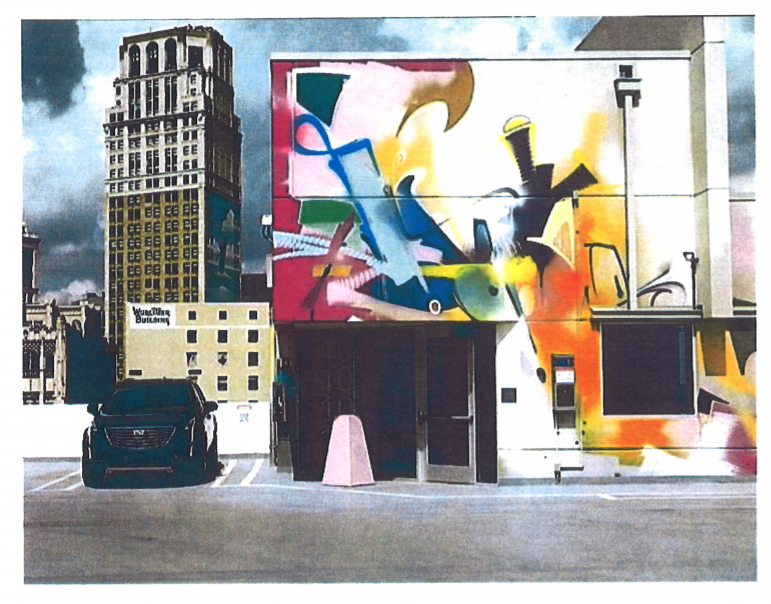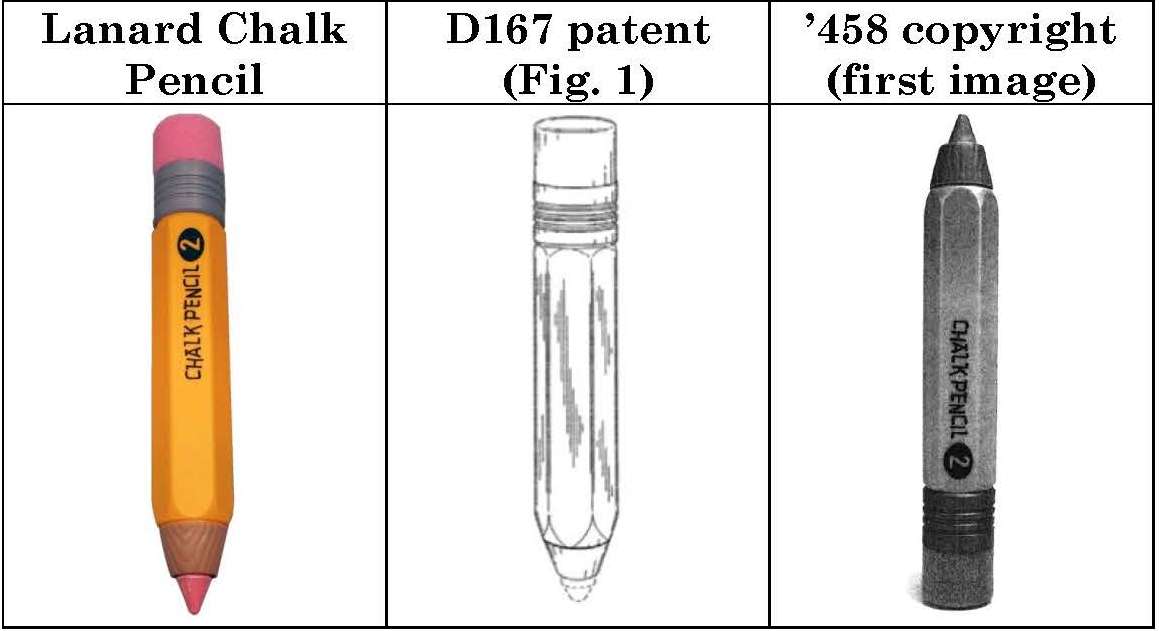
January 22, 2018, Adrian Falkner filed civil action, seeking relief for (1) copyright infringement and (2) falsification, removal, and alteration of copyright management information in violation of the Digital Millennium Copyright Act. Defendant moved for summary judgment.
Comments closed

